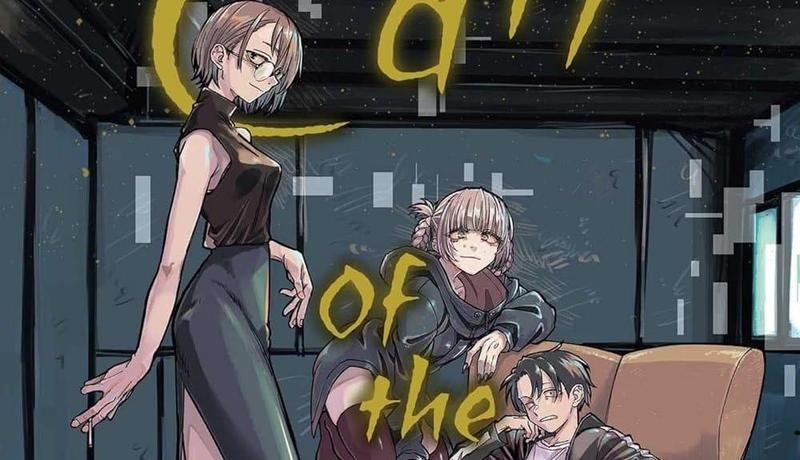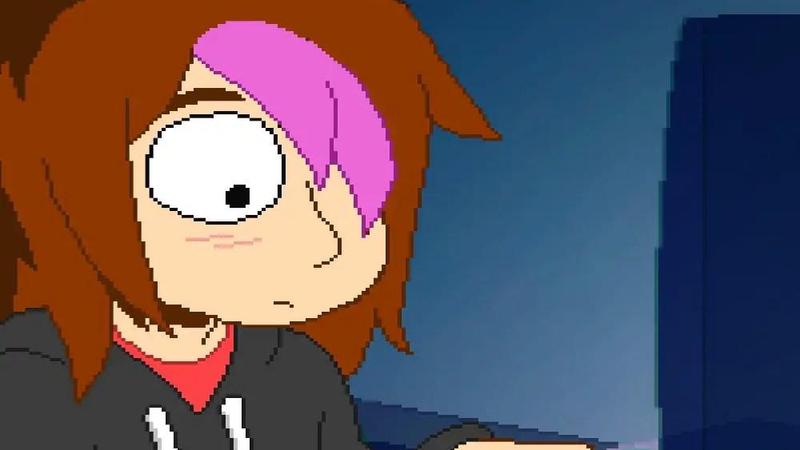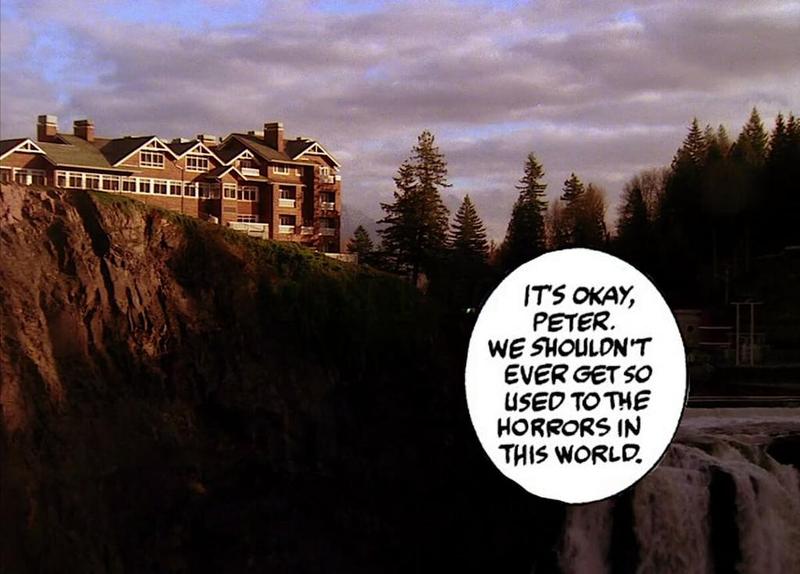
For John Woo, the Best Way to Get to A Better Tomorrow During Uncertain Times is Brotherhood — Hyperreal Film Club
With the opening of 1986’s A Better Tomorrow, director John Woo and star Chow Yun Fat captured “cool” with skill and style that very few have been able to match since. A crew of gangsters, including life-long friends Sung-tse Ho (Ti Lung) and Mark (Chow), watch their counterfeiting operation produce sheet after sheet of faux dollars. As they inspect the freshly minted funny money, Mark takes a $100 bill, sets it ablaze, and uses the flames to light a cigar. Clad in a dashing longcoat and ultra-...





